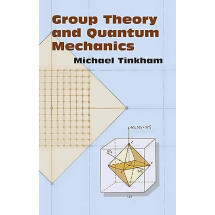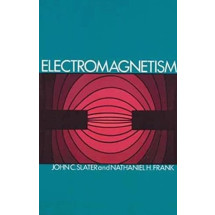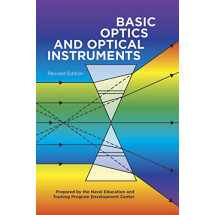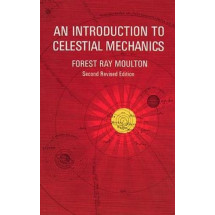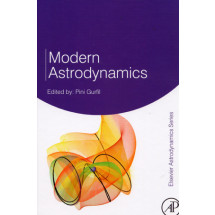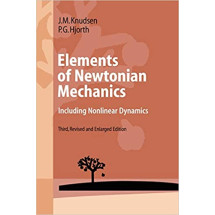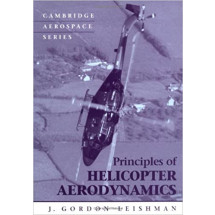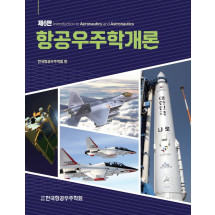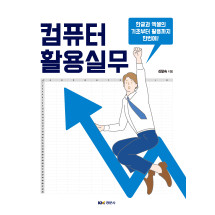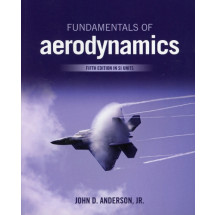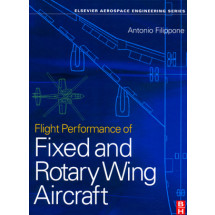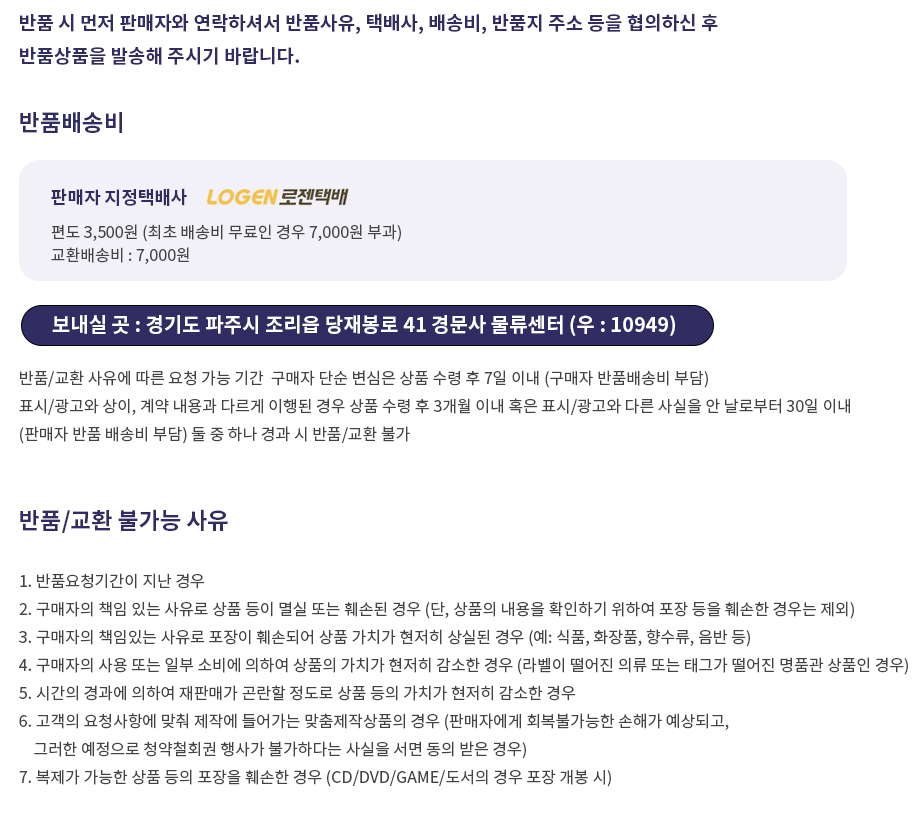This is the official text for the National Association of Science Writers. In the eight years since the publication of the first edition of A Field Guide for Science Writing, much about the world has changed. Some of the leading issues in today's political marketplace - embryonic stem cell research, global warming, health care reform, space exploration, genetic privacy, germ warfare - are informed by scientific ideas. Never has it been more crucial for the lay public to be scientifically literate. That's where science writers come in. And that's why it's time for an update to the Field Guide, already a staple of science writing graduate programs across the country.
The academic community has recently recognized how important it is for writers to become more sophisticated, knowledgeable, and skeptical about what they write. More than 50 institutions now offer training in science writing. In addition mid-career fellowships for science writers are growing, giving journalists the chance to return to major universities for specialized training. We applaud these developments, and hope to be part of them with this new edition of the Field Guide.
In A Field Guide for Science Writers, 2nd Edition, the editors have assembled contributions from a collections of experienced journalists who are every bit as stellar as the group that contributed to the first edition. In the end, what we have are essays written by the very best in the science writing profession. These wonderful writers have written not only about style, but about content, too. These leaders in the profession describe how they work their way through the information glut to find the gems worth writing about. We also have chapters that provide the tools every good science writer needs: how to use statistics, how to weigh the merits of conflicting studies in scientific literature, how to report about risk. And, ultimately, how to write.
Part One: Learning the Craft
Introduction, Mary Knudson
1. Finding Story Ideas and Sources, Philip M. Yan
2. Reporting From Science Journals, Tom Siegfried
3. Understanding and Using Statistics, Lewis Cope
4. Writing Well About Science: Techniques From Teachers of Science Writing
5. Taking Your Story to the Next Level, Nancy Shute
6. Finding a Voice and a Style, David Everett
Part Two: Choosing Your Market
7. Small Newspapers, Ron Steely
8. Large Newspapers, Robert Lee Hotz
9. Popular Magazines, Janice Hopkins Tanne
10. Trade and Science Journals, Colin Norman
11. Broadcast Science Journalism, Joe Palca
12. Freelance Writing, Kathryn Brown
13. Science Books, Carl Zimmer
14. Popular Audiences on the Web, Alan Boyle
15. Science Audiences on the Web, Tabitha Powledge
16. Science Editing, Mariette DiChristina
Part Three: Varying Your Writing Style
17. Deadline Writing, Gareth Cook
18. Investigative Reporting, Antonio Regalado
19. Gee Whiz Science Writing, Robert Kunzig
20. Explanatory Writing, George Johnson
21. Narrative Writing, James Shreeve
22. The Science Essay, Robert Kanigel
Part Four: Covering Stories in the Life Sciences
Introduciton
Deborah Blum
23. Medicine, Shannon Brownlee
24. Infectious Diseases, Marilyn Chase
25. Nutrition, Sally Squires
26. Mental Health, Paul Raeburn
27. The Biology of Behavior, Kevin Begos
28. Human Genetics, Antonio Regalado
29. Cloning and Stem Cell Research
Deborah Blum is a Pulitzer Prize winning science writer, former president of the National Association of Science Writers, and Professor of journalism at the University of Wisconsin-Madison. She is the author of such award-winning books as Love at Goon Park: Harry Harlow and the Science of Affection, Sex on the Brain, and The Monkey Wars. She has also written for The New York Times, The Washington Post, The Los Angeles Times, Discover, Psychology Today, Life, Health, The Utne Reader, Mother Jones, and discovery.com.
Mary Knudson is a medical writer at work on a book on heart failure to be published by the Johns Hopkins University Press. She wrote about medicine for the Baltimore Sun for seventeen years and won an NASW Science-in-Society Award. On the Primary Faculty at the Johns Hopkins University Master of Arts in Writing Program, she teaches science/medical writing and the Literature of Science.
Robin Marantz Henig is a contributing writer for the New York Times Magazine and author of 8 books, including Pandora's Baby (2004) and The Monk in the Garden (2000). She is a winner of the 2004 NASW Science-in-Society Award and three-time recipient of the June Roth Memorial Award for medical writing. Her writing appears in The Best American Science Writing 2005.


